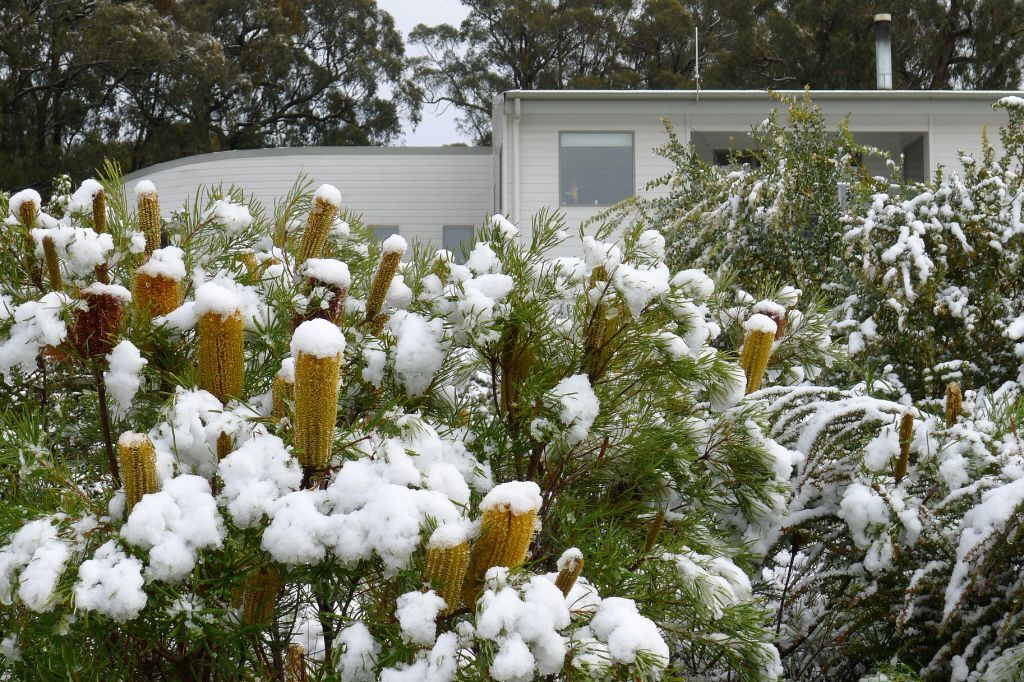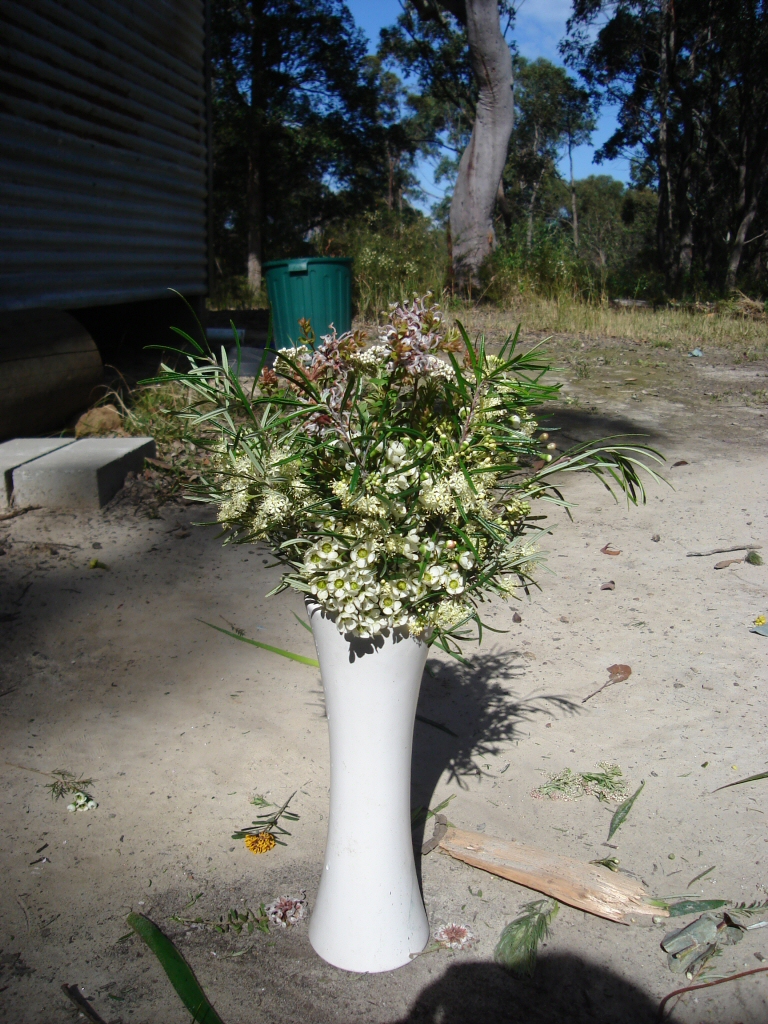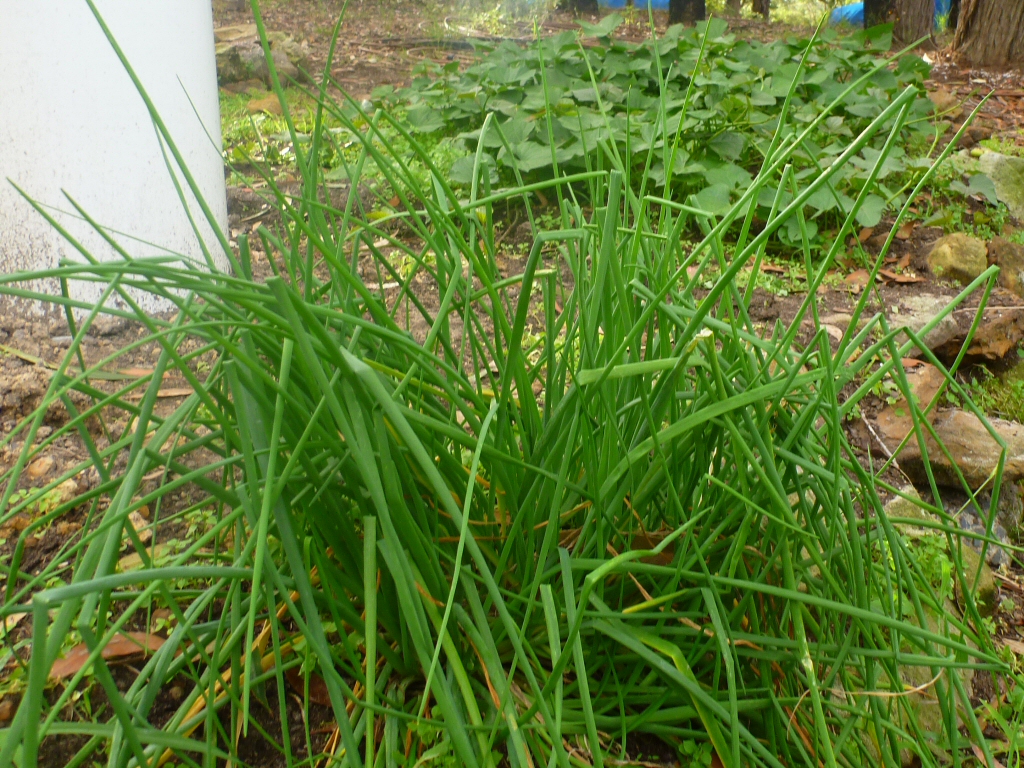Potted plants provide opportunities to grow some easy care perennials which will provide long term colour. There are some fabulous choices in smaller perennial plants which are made for long term container growing: Kangaroo paws- the smaller varieties of kangaroo paws...
Articles
Articles
Aerial Layering
This technique is handy way to propagate plants that are very difficult from cuttings. It is like doing a cutting but it is left attached to the plant. Thus it still receives the benefits of being attached (ie food and water) but is stimulated to form roots by...
Angus Stewart’s Favourite Autumn To Winter Flowering Australian Natives
There are a host of wonderful low growing natives that can add a splash of colour to even the smallest garden in the dead of winter. Almost all native plants are evergreen which means they tend to keep growing all year round and clearly many have found an evolutionary...
Conserving and propagating Sydney’s Cumberland Plain Woodland Species
Bush Regeneration in Western Sydney The western area of Sydney bounded by the area from Parramatta to Penrith is one of the most populous in Australia. It is also home to an ever diminishing population of plants and animals. By preserving and regenerating what is left...
Establishing Australian native shrubs in your garden
Step by Step Guide to Establishing Australian Native Shrubs The Australian flora has established a reputation as a tough, drought tolerant group of plants that are very low maintenance in the garden. Whilst this is generally true it is extremely important to realize...
Australian Native Hibiscus
Can I grow Australian Native Hibiscus in my garden? Australia is home to about 40 species of Hibiscus, most of which are endemic. They have identical growing requirements to the exotic species and cultivars that are so popular in cultivation. An ever increasing...
Aftercare of spring flowering plants
How to prune and feed spring flowering plants Callistemon 'All Aglow' will benefit greatly from a spring prune after it flowers Spring sees a burst of flowering, but once the flowers die off, you can be left with an...
Choosing Autumn foliage trees and shrubs
There is nothing more spectacular than the fiery tones of the spectacular autumn foliage of deciduous ornamental trees. Some of the most colourful species such as liquidambar (Liquidambar styraciflua) and the Chinese tallow tree (Sapium sebiferum) are propagated...
Bulbs for beginners
Getting started with bulbs in the garden Spring flowering bulbs such as tulips, daffodils, jonquils and freesias are usually the first things that come to mind when bulbs are mentioned. To enhance and prolong flowering it is a good idea to liquid feed them every few...
Camellia varieties and how they are created
Camellia flower types So called double flowers arise when the sexual organs of the flower (the male stamens or female pistils) mutate into petal-like structures (also known as petaloids). These extra 'petals' create a much fuller look to the flower and can create a...
Minimising frost damage in the garden
Coping with frost Gardeners are often tempted to push the boundaries and try new plants that may be marginal in cooler climates. Selecting cold tolerant plants will provide the backbone of a low maintenance garden,...
How to deadhead flowering plants
How can I prolong flowering displays in the garden? Many plants in the garden will give you an encore flowering if you take a little time to trim off dead flowers. This can be as simple as going for an evening stroll to pick some flowers for the house and removing...
Cut flowers from your garden
Why not plan to add varieties that will provide a ready source of cut flowers for your home? Plants such as Geraldton wax, Philotheca, kangaroo paw (Anigozanthos), everlasting daisies will all provide flowers throughout the warmer months of the year, to name but a few...
Fertilising camellias
When and how do I fertilise Camellias? Winter is the middle of flowering time for camellias with the earlier sasanqua types coming to the end of their blooming with the later japonica and reticulata types still blossoming. Once the flowering season has finished new...
Bay trees (Laurus nobilis)
How do I grow a bay tree? The bay tree (Laurus nobilis) is also known as sweet bay and has a long history in cultivation stretching back to ancient Greece and Rome where it was known as the laurel tree and provided decorative headpieces for the celebrities of the day....
Chives
How do I grow chives? This tough perennial is related to garlic and onions and the bright green colour of the foliage makes it an attractive as well as tangy and attractive garnish for soups and salads. Like its close...
Coriander
How do I grow Coriander? Coriander is an annual herb that must be raised from seed. Throughout spring is the best time to either buy seedlings or plant seeds in their final position, either in a pot or herb bed in the garden. Coriander grows very quickly and it is...
Dill
How do I grow dill? This annual herb has been used since biblical times, no doubt because it is so easy to grow and has a number of uses, both medicinal and culinary. It is most commonly used to add aromatic qualities when cooking fish by adding the chopped leaves. It...
Garlic (Allium sativum)
How do I grow garlic? Easy to grow with the right conditions, garlic is a delight for the kitchen as well as providing a source of fresh cloves that can also be used for medicinal purposes as a preventative treatment for colds and influenza. Each clove of garlic in a...
Growing Herbs
How do I get started with growing herbs? Herbs have been grown and used for a multitude of purposes since history began, including in culinary roles, as cosmetics, perfumes, preservatives, insect repellants, and of course for all kinds of medicinal applications. In...




